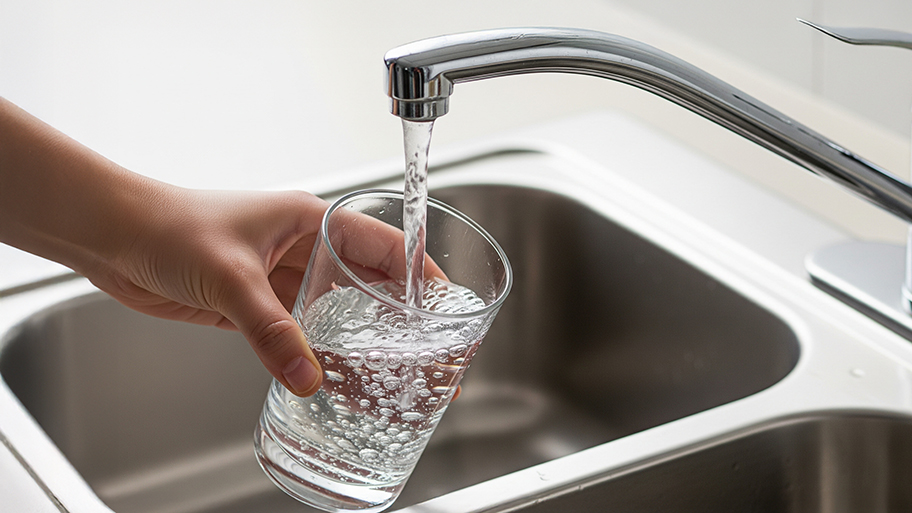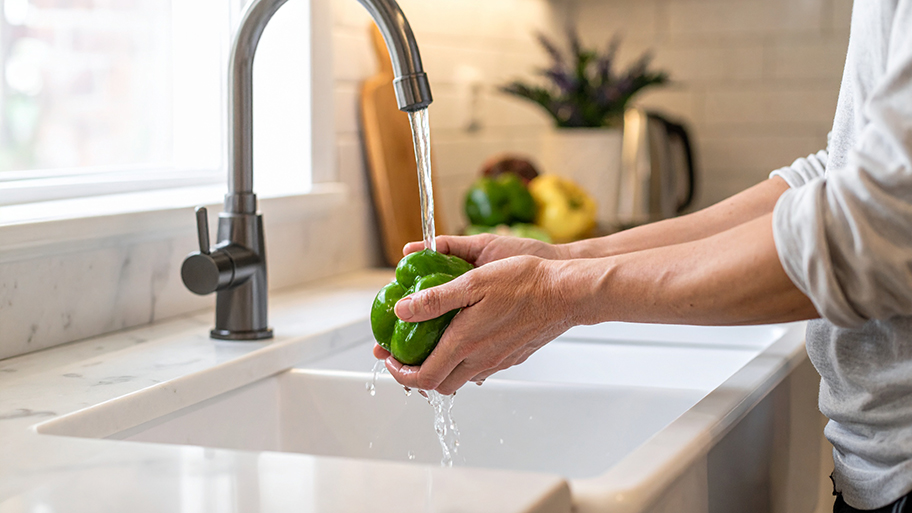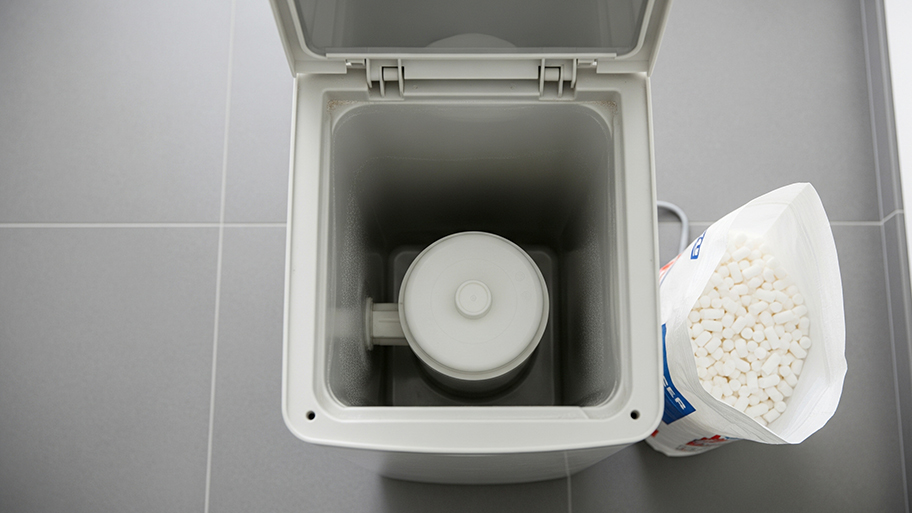
Your cost to install an under-sink water filter will depend on the type and size of system you choose and whether you need professional installation.
Too much iron in your water can cause four big issues in your household


Your water may have too much iron if it has a metallic taste or reddish-brown tint.
Excessive iron in water can lead to several problems, including unappealing foods and drinks, plumbing issues, staining, and even health concerns like joint pain and liver disease.
Reach out to an accredited lab to test your water if you suspect it has too much iron.
Water filters, whole-house filtration systems, or aeration systems may resolve the issue.
If you’ve ever turned on the faucet and gotten a whiff of rotten eggs or noticed that your tap water looks brown or red, the likely culprit is too much iron. Homeowners who rely on a well system are particularly vulnerable to excess amounts of iron, and should be aware of the signs pointing to a problem.
Iron is a naturally occurring element in the earth’s crust and is commonly found in groundwater sources everywhere. While typical iron content is low and not cause for concern, too much can sometimes creep into your water supply.
As rain falls and snow melts, that water filters through soil and rock, picking up iron along the way, with small amounts ending up in tap water. In some instances, too much corrosion in iron pipes can also lead to excess iron in water.
There are three telltale signs of elevated iron levels in your water.
Water with too much iron will likely taste metallic, and is often accompanied by a rotten-egg smell. In addition to making drinking water less appealing, this can also affect the food you prepare.
Too much iron can cause clogs in water pipes leading to dishwashers, faucets, sprinklers, or pumps.
Noticeable color changes are the easiest way to spot excess iron in your water. If your tap water has a reddish-brown tint, or if there are unusual rust-colored stains on your laundry, there is likely an iron issue.
Since all humans need iron as part of a well-rounded diet, ingesting small amounts via water is not a health risk. However, excessive amounts in drinking water can potentially lead to effects that range from annoying to harmful.
The metallic taste caused by too much iron in water not only makes it unappealing to drink but can also change the flavor of foods. Beverages like tea and coffee will taste strange, and the iron can cause blackening in produce washed with tap water.
Excessive iron in water can leave a residue in pipes, causing buildup over time. If clogs occur, it can decrease water pressure, cause pipes to leak, and affect appliances like dishwashers and washing machines.
In addition to staining clothing, too much iron in your water can cause reddish-brown marks in bathtubs, sinks, and fixtures that are challenging to remove.
While uncommon, too much iron in the body can lead to a variety of physical health issues, including joint pain, liver disease, and osteoporosis. It can also cause damage to healthy skin, resulting in premature wrinkles. If you have any concerns about the possibility of iron in your water causing health issues, it’s important to make an appointment to discuss this with your physician.
If telltale signs of too much iron in your water have you concerned, the next step is to confirm your tap water's iron levels through testing. Iron levels in drinking water are rarely higher than 10 milligrams per liter. Iron levels above 0.3 milligrams per liter are considered worrisome.
Health departments across the country recommend that anyone with concerns over iron levels in water utilize the services of an accredited laboratory to test their water. This generally involves reaching out to an accredited laboratory to ask for sample containers that will come with instructions for collecting, handling, and shipping samples. Additionally, it's possible to ask a local environmental health agency or public health services agency if they provide services for local well testing.
If you use an at-home test kit for detecting iron levels in your tap water, you will generally fill a vial containing a special tablet with tap water. After shaking the vial until the tablet has dissolved fully into the water, you will hold a test strip in the water for several seconds before waiting for it to change color. Using an accompanying color chart, you will determine if the water's iron levels are in the safe range.
If you have concerns about mineral content in general, learning how to test water hardness will allow you to determine how many grains per gallon of calcium and magnesium ions are present in your water supply. You can use the findings of both types of tests to decide if you'd like to focus on a system that creates distilled vs purified water.
If you use a well system for water, the National Ground Water Association recommends that homeowners should test their water quality at least once a year. This can be done with either a home water test kit or by hiring a professional water technician. If excessive amounts of iron are found, there are several treatment options available to help tackle the issue.
Particularly helpful for well water, filters help reduce excess iron, manganese, as well as sulfur odors.
Whole-house filtration systems work by reducing contaminants and removing buildup, which improves the taste and appearance of water.
If you have high concentrations of iron in your water, an aeration system might be the most effective solution. These systems pull air into the water, which oxidizes iron and manganese.
Depending on the iron levels in your water and how well other controls have worked, you may need to take bigger steps to solve the problem. This could include installing a new well or, if possible, changing over to a different water source, such as a municipal system.
From average costs to expert advice, get all the answers you need to get your job done.

Your cost to install an under-sink water filter will depend on the type and size of system you choose and whether you need professional installation.

Wondering about water treatment system costs? Learn average prices, key cost factors, and ways to save on installation and maintenance for your home.

On average, a reverse osmosis water filter costs around $2,200, but there are a few variables that impact the total price. Learn about them in this guide.

Whether you have a fridge filter, pitcher filter, or end-of-faucet filter, learn how to clean a water filter to ensure pure, fresh water with these steps.

While not all symptoms of too much chlorine in water are cause for concern, there are times when you should call a pro. Get the details in this article.

If your water softener is constantly draining, you may have a stuck valve, old seals, or electrical issues. Explore more common problems and solutions here.